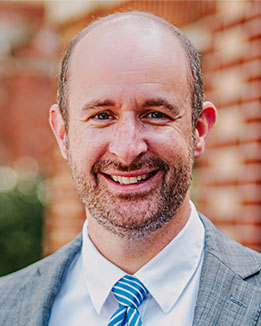The Surprising Lack Of Government Oversight Of Amusement Parks

It seems like every few days, there is another report of an accident or injury at an amusement park. But who is watching over these fairs and carnivals? Who is actually responsible for making sure these fairs and carnivals are safe, or inspecting their rides, or regulating who is maintaining them?
You may be surprised to know the answer to that is virtually nobody—not even the government.
Federal Government Has a Limited Role
The problem is that the federal government, under the Consumer Product Safety Commission, can only regulate carnivals that travel—mobile carnivals that are temporary and move from town to town.
For fixed amusement park rides, like the kind you find at Disney, Universal, Busch Gardens, or a host of other single-site amusement parks, states are left to regulate these, and that has resulted in a patchwork of state regulations. Often, the safety of your carnival or amusement park, will depend on what state it is in.
In fact, there are even six states that have no laws, regulations or agencies that monitor or regulate carnivals at all. By some estimates, only about 20 states have any oversight that could be considered thorough or comprehensive, or that require regular government inspections, or which allow the government to investigate accidents.
Other Standards
Making it more confusing, many states that do have laws, haven’t even written their own laws—they have adopted standards drafted by a private agency, ASTM International. In states where the ASTM International standards have not been adopted into the law, compliance with those standards remains completely optional.
The amusement park industry is in no hurry to make itself safer. It routinely spends money trying to fight against closing legal loopholes that would allow the government to provide more oversight of amusement park safety. It also, predictably, blames many amusement park accidents on the riders, and not the rides or parks themselves.
Statistics and Information
Because there is no one clearinghouse on amusement park accidents, and no general obligation to report accidents, the accuracy of amusement park accident statistics is in doubt. There are voluntary surveys, where parks can submit accident data, but few ever respond.
Based on its data—which again, is incomplete, and unreliable given reporting of accidents isn’t mandatory—the government believes that about 37,000 people went to an emergency room as a result of amusement park accidents and injuries.
Certainly, regulation or not, a victim who is injured on an amusement park ride can sue; the lack of a law doesn’t mean that an amusement park can’t be negligent, and thus, liable for the damages and injuries that it causes to a visitor.
All a victim needs to show is that an amusement park failed to use due care–a victim doesn’t have to show that an actual, written, law or regulation was violated. But “get hurt now, sue later,” still doesn’t help avoid accidents, or make amusement parks any safer.
Call the Clinton personal injury lawyers at Fox Farley Willis & Burnette, PLLC, today for help with your amusement park injury and accident case.
Sources:
theregreview.org/2022/08/31/tunney-amusement-park-regulations-bumpy-ride/
iaapa.org/amusement-ride-safety/regulations-standards











